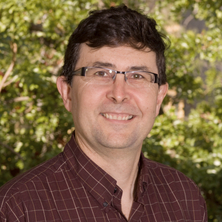A NEW CHEMOTHERAPEUTIC TARGET FROM LEISHMANIA SPP. UNDERSTANDING AND INHIBITING CYP61LD, A STEROL C22 DESATURASE (2011-2013)
Abstract
Leishmania spp. is a single-celled parasite and the causative agent of Leishmaniasis, a debilitating disease that causes horrific scarring, facial deformities or, often, death. Twelve million people currently have Leishmaniasis and of the 2 million new cases each year, 500,000 are potentially fatal. Climate change has recently seen cases appear in Australian native animals, potential intermediate hosts before human infection. CYP61LD is an enzyme of steroid biosynthesis in Leishmania with no counterpart in mammals. We aim to understand the mechanism of CYP61LD and thus design and synthesise inhibitors of it. These may provide the urgently required new chemotherapeutics for Leishmaniasis.

